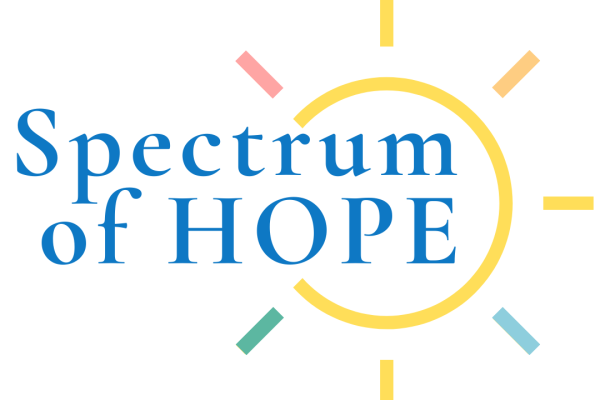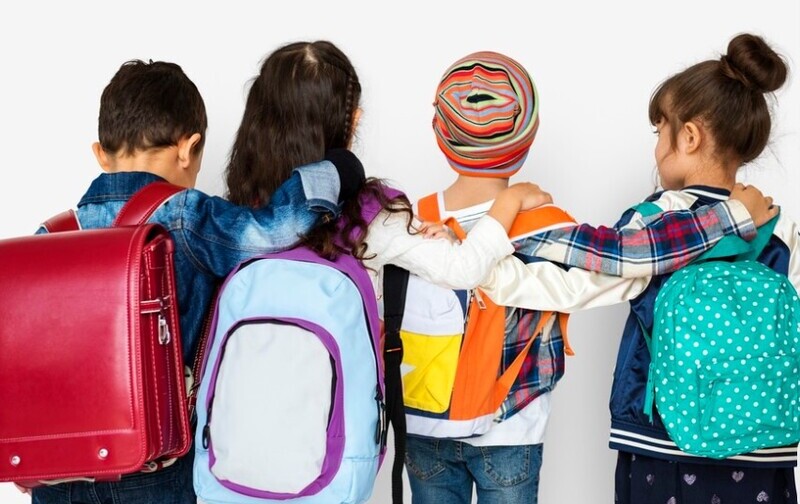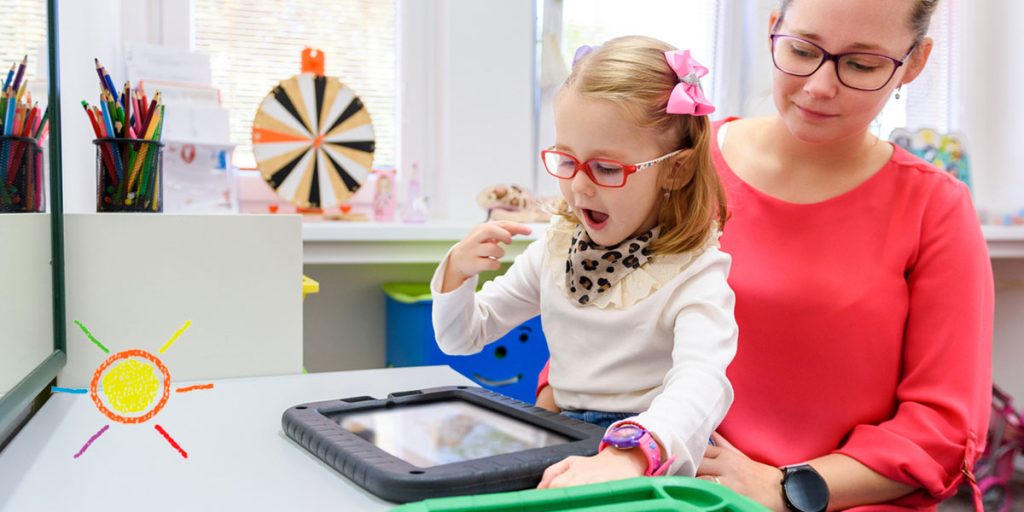There are plenty of challenges facing a person with autism. Not only due to the condition itself, but largely due to its perception through others. While symptoms, hardships, and cognitive challenges are all surmountable and manageable over time, the one thing you can’t control is how people react to autism at first impression. For many people with autism, dealing with peers – particularly in school – can be quite tough.
It’s well-known that autism puts children and adults at greater risk for mental health problems, including conditions like anxiety, depression, OCD, schizophrenia, and PTSD. Some argue that it’s the complex and overwhelming stigmatization of autism that makes these conditions far more common in people with autism. It’s likely that there are more than just a handful of factors, and that isolation and a lack of acceptance play a critical role in why these issues are so much more common in cases of autism.
Discrimination, victimization, and rejection. These are real problems, with no easy solutions. But educators, parents, and the patients themselves can work on improving peer relationships, developing, and nurturing real friendships, and fostering a better and more complete understanding of what autism is, and why it’s not something to be feared or ridiculed.
Autism and Acceptance
We have come a long way in diagnosing, understanding, and even talking about autism. What was a relatively unknown and wildly misunderstood condition just several decades ago, has become much more accepted over time. Yet issues of stigmatization and lack of acceptance still exist, and experiences with bullying and a lack of acceptance are common among children and adults alike. Many who do grow up to lead ‘normal’ lives struggle under an immense pressure to be as neurotypical as possible, through social camouflage.
Acceptance at all ages requires talking about and understanding autism, and accepting a person for all their characteristics, rather than forcing them to conform. There’s no telling how far we are from learning to accept that not everyone lives a neurotypical life, and that, while struggling with autism does make someone far from ‘normal’, it does not exempt them from living a complete life, deserving of compassion, acceptance, and basic human decency.
It Starts with the Parents
When it comes to peer interactions in individuals with autism, the first people usually tasked with mediating issues between ‘normal’ individuals and those with autism are teachers. As children get older and go to school, they begin to interact with peers on a more frequent basis, spending day after day making friends, stumbling across new roadblocks, and encountering an ever-growing set of challenges as they slowly make their way towards adulthood.
For people with autism, some of these challenges can be a little more challenging than they might be to most. That isn’t to say that social interaction is always difficult for children with autism – there are those who excel at it, but struggle in other ways – nonetheless, the fact that autism can lead to atypical behavior and very different ways of acting out means that kids with autism face an early hurdle of being quite different from their peers in one way or another.
Teachers, schools, and tutors need to coordinate with the parents to understand how to begin approaching this subject. Some parents haven’t spoken to their child about autism yet. Some families feel that the diagnosis is sensitive, and don’t want it to be shared with their peers – but are open to certain forms of training for the class regarding their child’s challenges, without the specific mention of autism. Regardless of how an educator might feel about this, it’s very much a parent or family’s right to preserve their privacy in this way.
How Schools and Educators Can Intervene
At school, working to better incorporate a student with autism into class life is important. It helps to start this process at an early age, when children are at a more formative stage in their social interactions.
Even if parents don’t want other children to know that their child struggles with autism, measures can be taken to help the other kids understand that their peer is a little different, and might need help with some things, even if they’re doing well in other ways.
Planned Play
Guided play groups can be a good way for a child’s peers to understand how best to engage with their friend and find ways around the challenges of their condition. A trained adult guide can mediate between children with ASD and their peers and help provide tips and information for cooperative play in a supportive environment.
It helps when parents can coordinate with the school to support these efforts, by helping the professional identify cues that the child is going to be familiar with, to help them stay engaged with the group.
Buddy System
Another way in which acceptance can be encouraged is to incentivize students to adopt a peer with ASD as their tutee or buddy, encouraging them to stay by their side, help them engage with others, play with them, and make sure they’re included in group activities. Children can be nurturing when properly directed, and a buddy system can help bring that strength out for the better.
How Parents Can Help
Outside of school, there are many opportunities to help children connect with their peers and develop a sense of acceptance, particularly through playgroups, play dates with peers they get along with quite well, and hobby-oriented interactions. It’s critical to develop a keen sense of what your child is into, and what interests them the most, so you can help foster social interactions with their peers through such interests. By incorporating social interaction with an interest, children with ASD can have an easier time of staying engaged.
Autism is a condition that affects an estimated 3.5 million Americans, or roughly 1 percent of the country’s population. While it’s still the fastest growing developmental disability, and prevalence is up year after year, much of that is tied to a better understanding of what autism is, and how it might be diagnosed. We’ve moved from identifying specific disorders to understanding autism as a series of conditions and symptoms on a wider spectrum, with unique characteristics from one case to the next.
This can make it challenging to try and help kids (and adults) understand what autism is and isn’t. But that knowledge is the first step in making acceptance much easier for children and adults with autism spectrum disorder.


